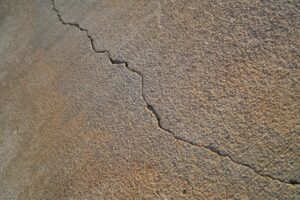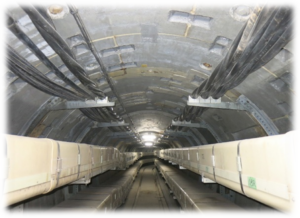
Background
Currently, percussion testing is used for the investigation of concrete floats (voids) at TEPCO Holdings, Inc. However, since it relies on a lot of manpower and empirical judgment, the development of “non-contact” non-destructive testing as an alternative method to percussion testing is desired.
Reference Examples of Concrete Structures

Summary of technology sought
We are looking for a company that possesses technology and techniques capable of non-destructive, non-contact detection of floating concrete structures.
Requirements
- Capable of non-destructive, non-contact detection of internal concrete float
- Capable of detecting internal (0-10 cm deep) concrete float that cannot be captured by changes on the concrete surface
- Capable of detecting with the same accuracy as existing manned sounding methods
- Capable of detecting even in environments with little or no temperature variation (structures such as tunnels that are not exposed to the sun even during the day)
Desirable conditions
- Demonstrated on concrete structures (If not proven, the applicability should be explained theoretically.)
- Inspection equipment should be small and lightweight so that it can be carried by an inspector on a cart, etc. (Inspection equipment used in automobiles are basically out of scope. However, we are interested in equipment that can be miniaturized in the future.)
- The device can detect floats (voids) of 1 cm x 1 cm or larger in size.
- The device can detect the interior of concrete at a distance of 2 to 5 meters above ground.
Information requested for technical evaluation
- Minimum size of floats (voids) that can be detected
- Detectable depth (cm from surface)
- Detectable distance (how many meters from the device to the wall)
- Size of the device (size, weight)
- Detection working time (e.g. how many square meters in one hour)
Stage of development
For solutions, commercialized equipment is preferred, but we will consider any new methodology that can be applied to floating concrete in tunnels, even if the technology is in the early stages of development.
If you have any questions, please contact us at:
yet2.com Asia, Inc.
Address: 2F HK Park Building I, 3-15-5 Kanda Nishiki-cho, Chiyoda-ku, Tokyo, Japan
Phone: +81-3-5217-0217
e-mail: yet2.japan@yet2.com